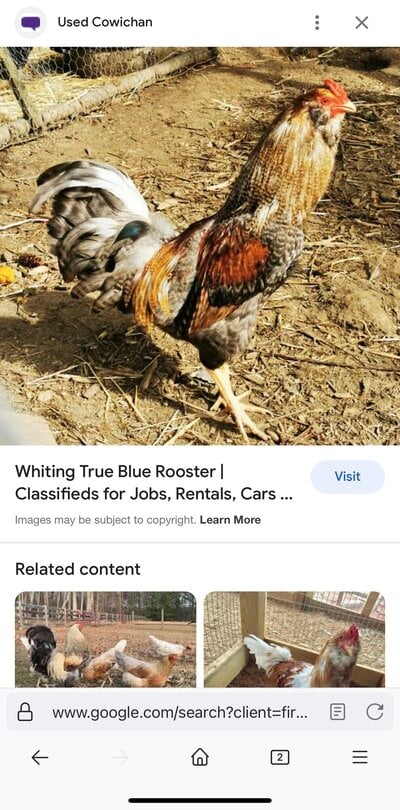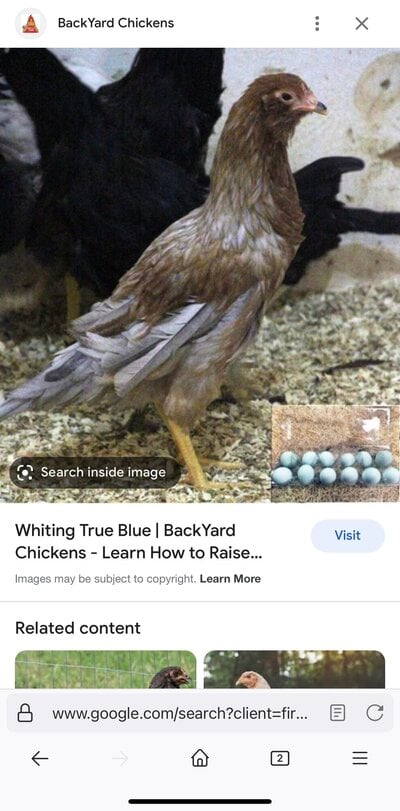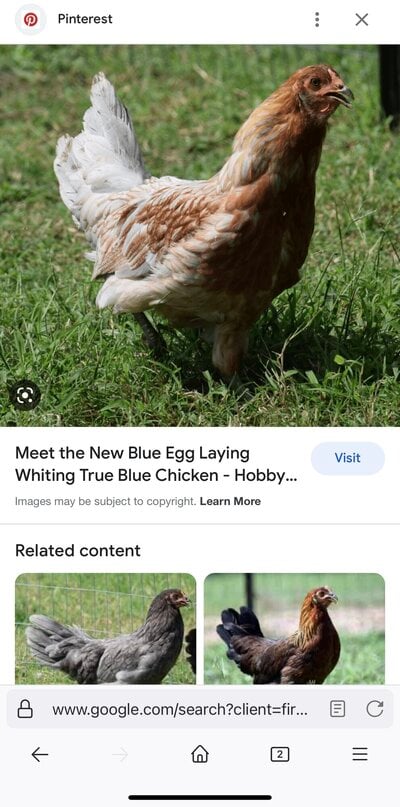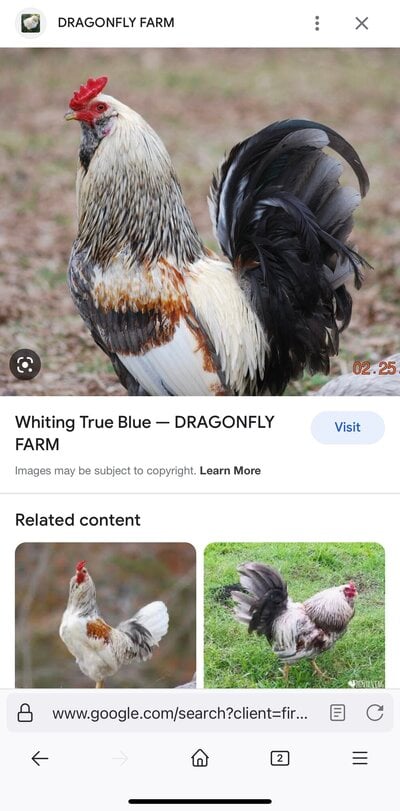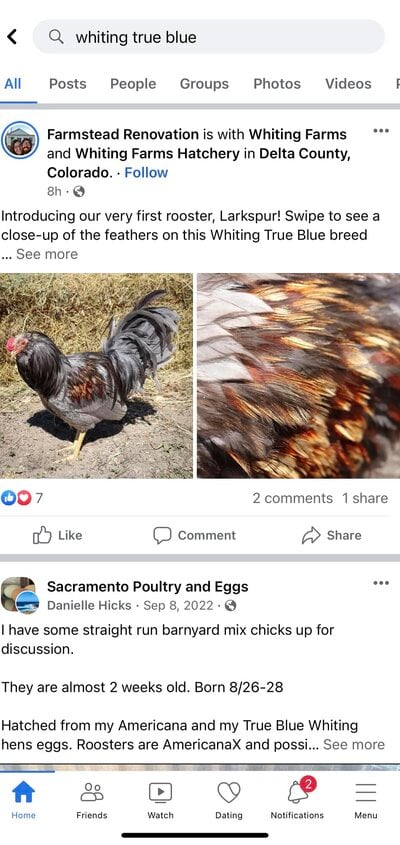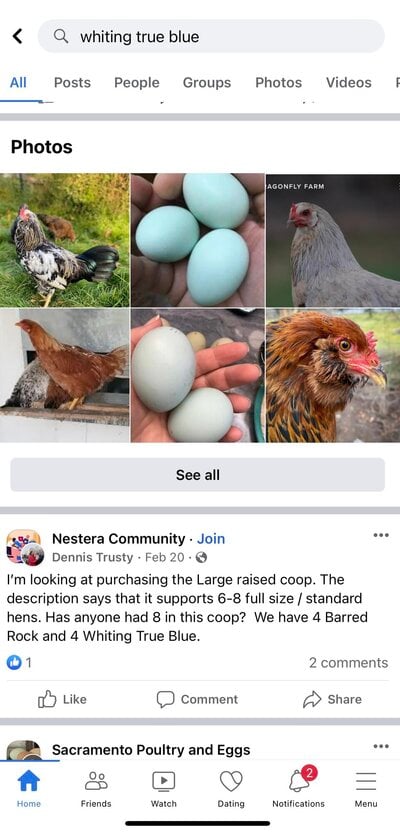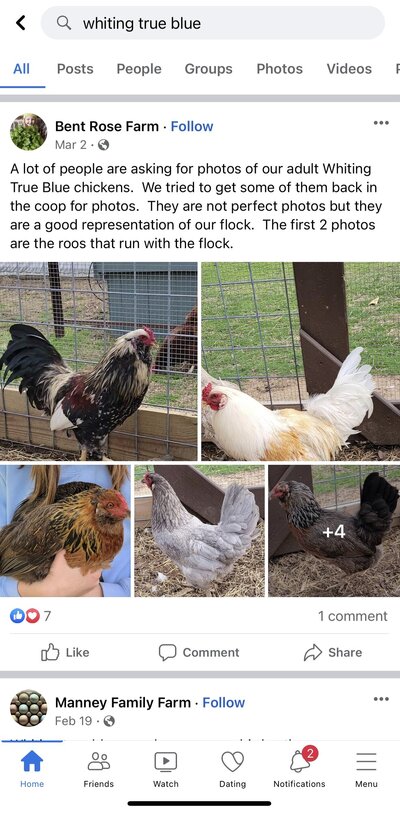rmanney
In the Brooder
Hi friends!
I am new to WTBs and I'd love to offer hatching eggs as well as chicks from my flock. I'm wondering what to look for in my birds/eggs/roosters to produce the best offspring. I have two roosters (one gray, and one multicolored) and 6 hens. Since they are all so very colorful, I don't know what is most desirable in this breed. Do I choose egg color over physical traits?
I also have other hens (cuckoo Marans, Australorps, Whiting True Greens, Leg Bars, and a random Buttercup). My thought is I will put the best rooster with the WTBs, and the other with these hens to produce various blue and olive eggs.
I also have a silver laced wyandotte rooster that is currently penned away from the hens. He's a beautiful big roo, but I was thinking about getting rid of him since we do free range some and he's aggressive towards my kids. Would he be better to put with my assorted hens?
Thank you guys so much for your help! I'll post some pictures this afternoon of my birds.
I am new to WTBs and I'd love to offer hatching eggs as well as chicks from my flock. I'm wondering what to look for in my birds/eggs/roosters to produce the best offspring. I have two roosters (one gray, and one multicolored) and 6 hens. Since they are all so very colorful, I don't know what is most desirable in this breed. Do I choose egg color over physical traits?
I also have other hens (cuckoo Marans, Australorps, Whiting True Greens, Leg Bars, and a random Buttercup). My thought is I will put the best rooster with the WTBs, and the other with these hens to produce various blue and olive eggs.
I also have a silver laced wyandotte rooster that is currently penned away from the hens. He's a beautiful big roo, but I was thinking about getting rid of him since we do free range some and he's aggressive towards my kids. Would he be better to put with my assorted hens?
Thank you guys so much for your help! I'll post some pictures this afternoon of my birds.




